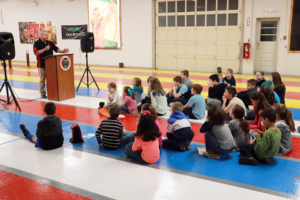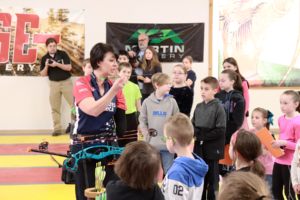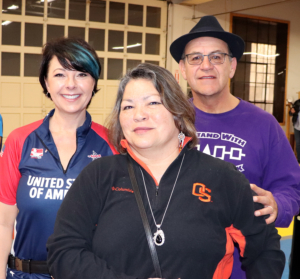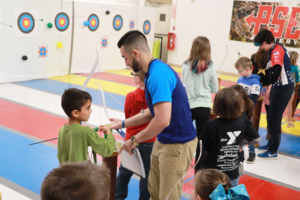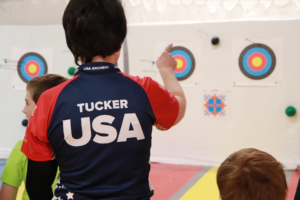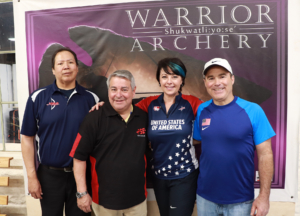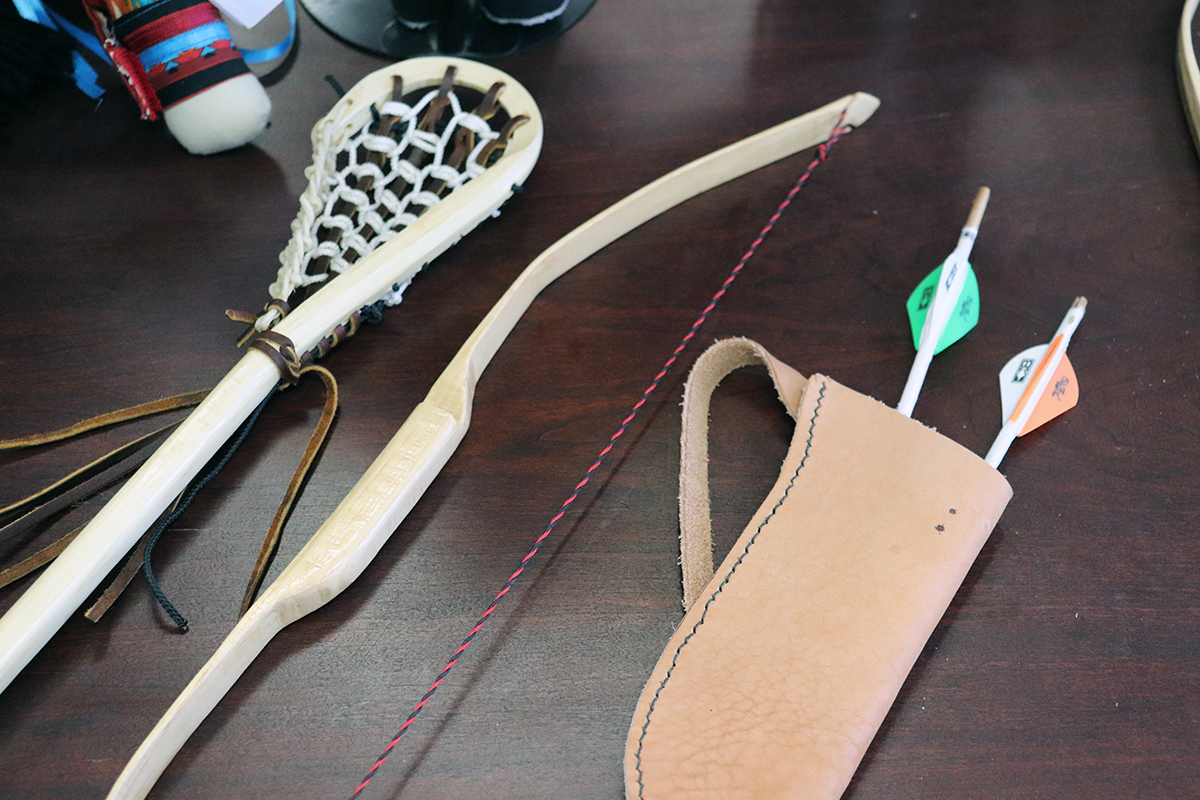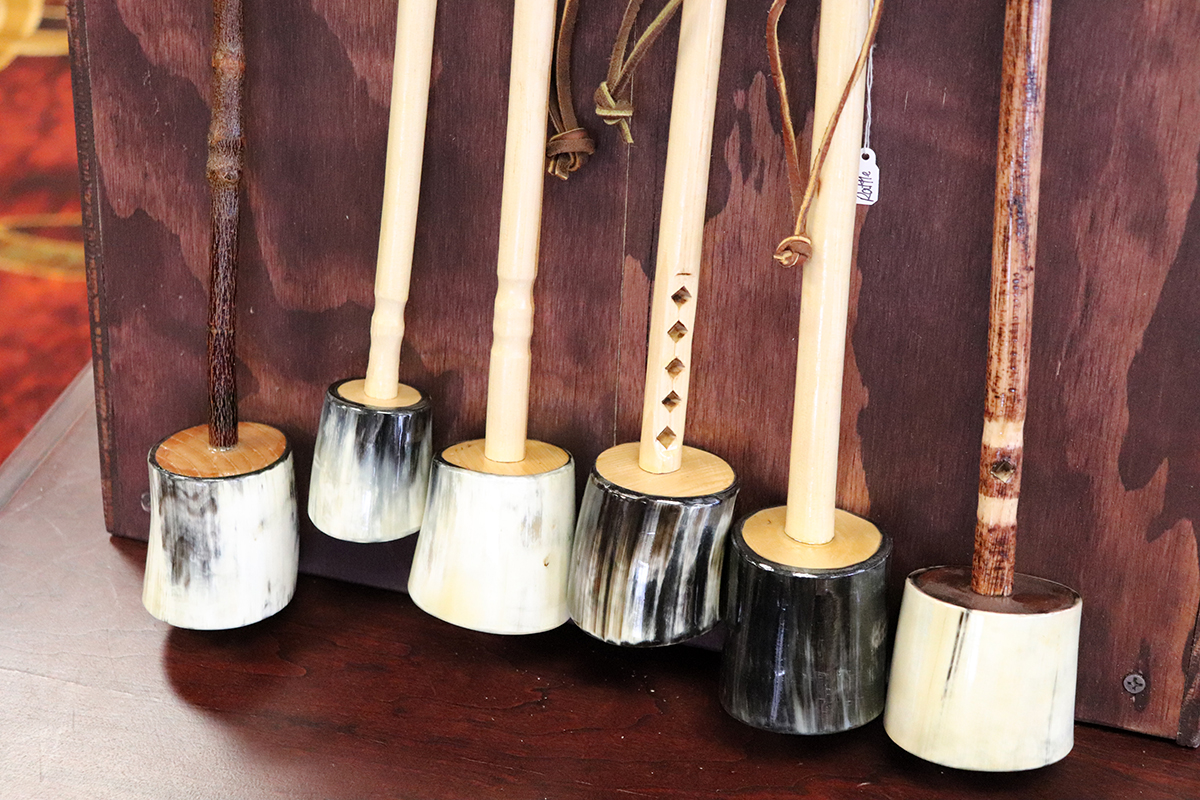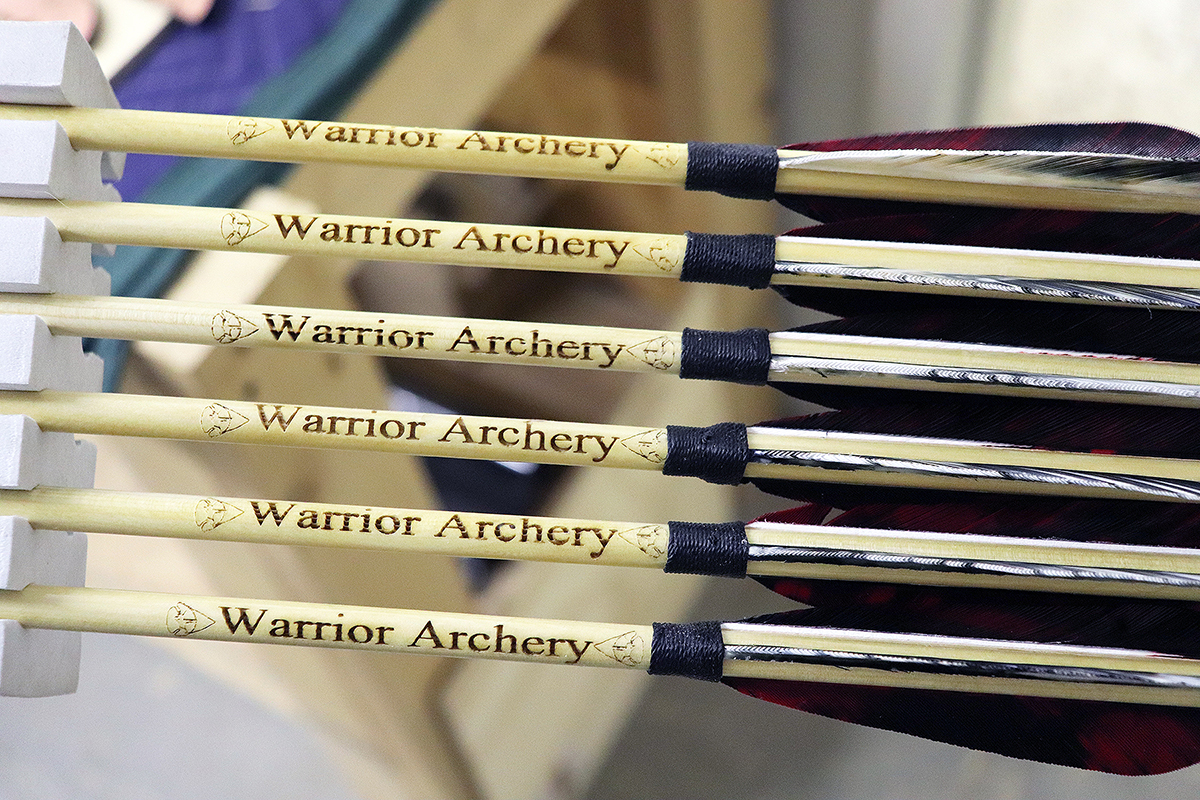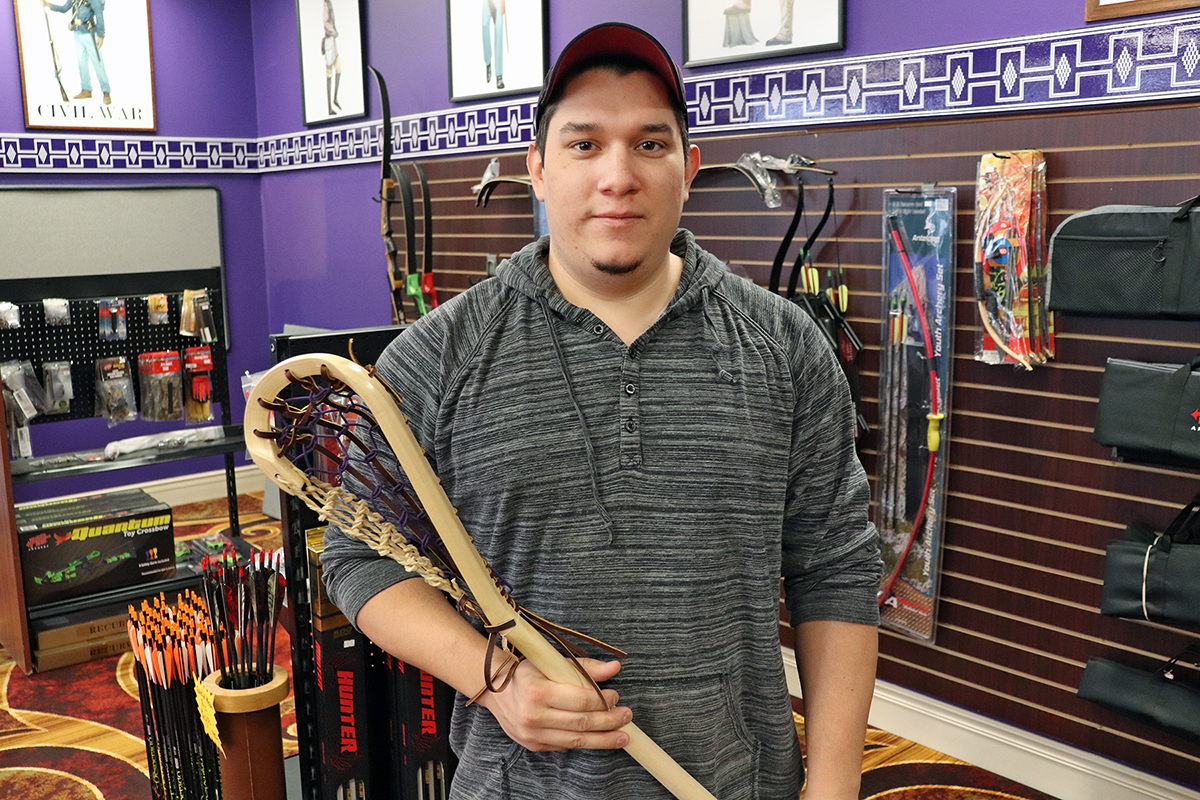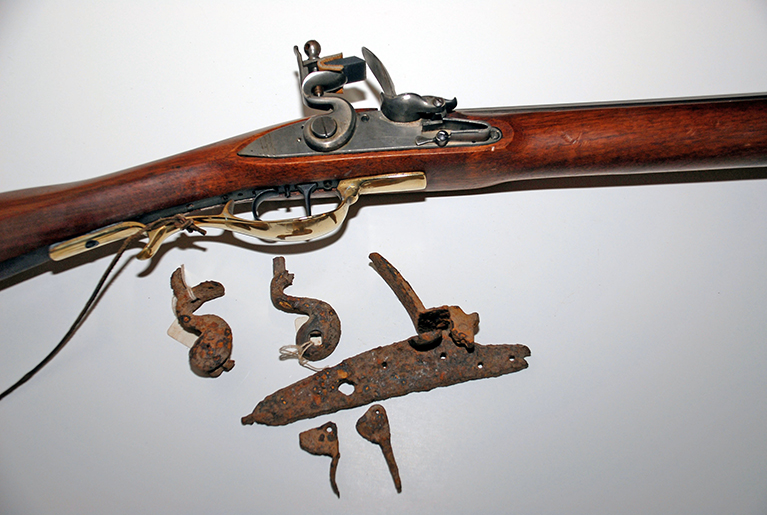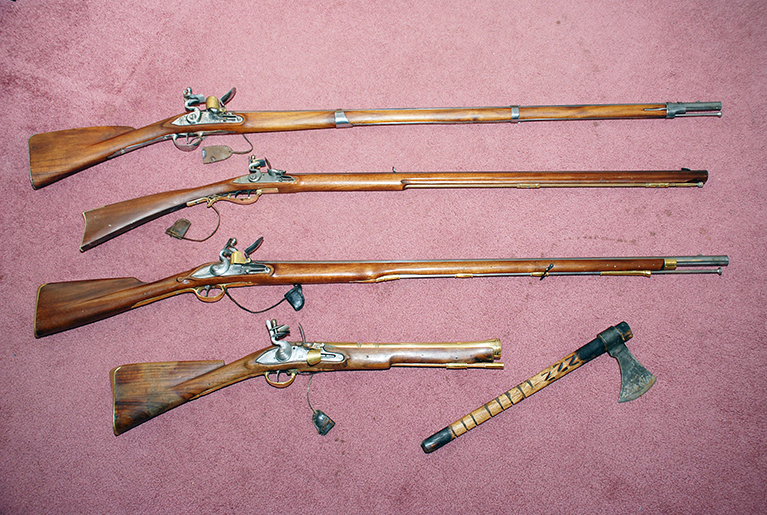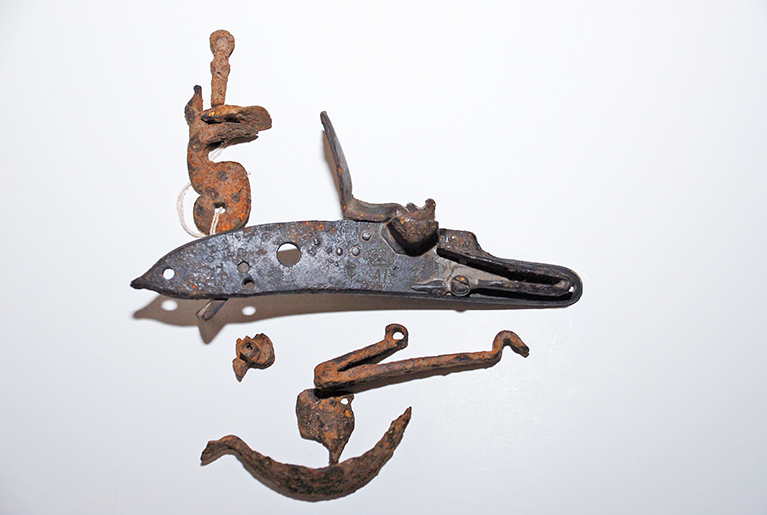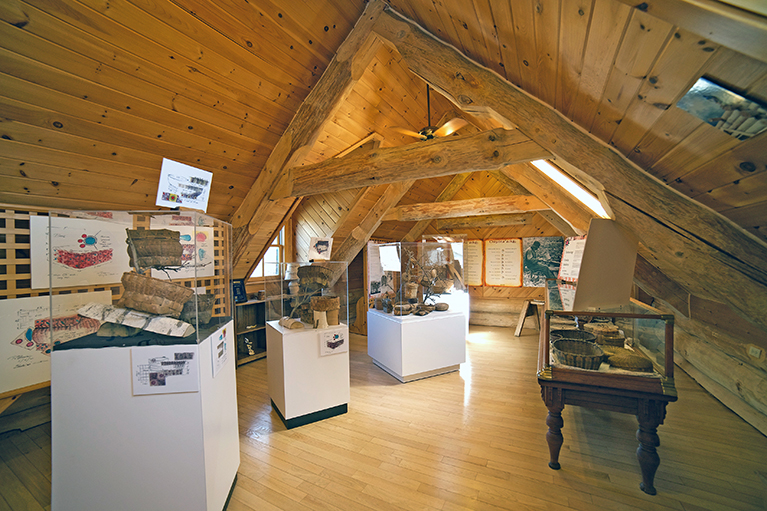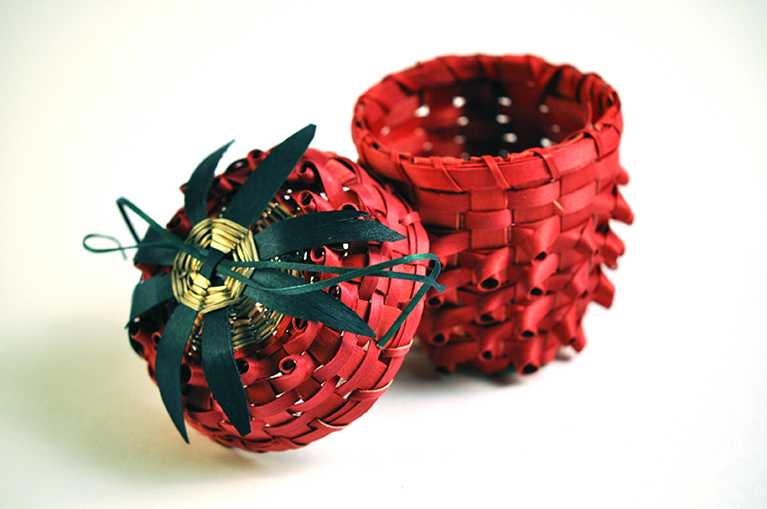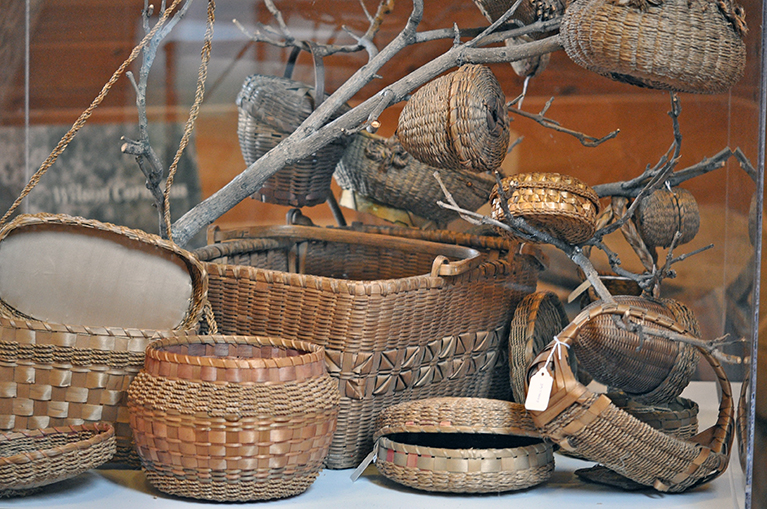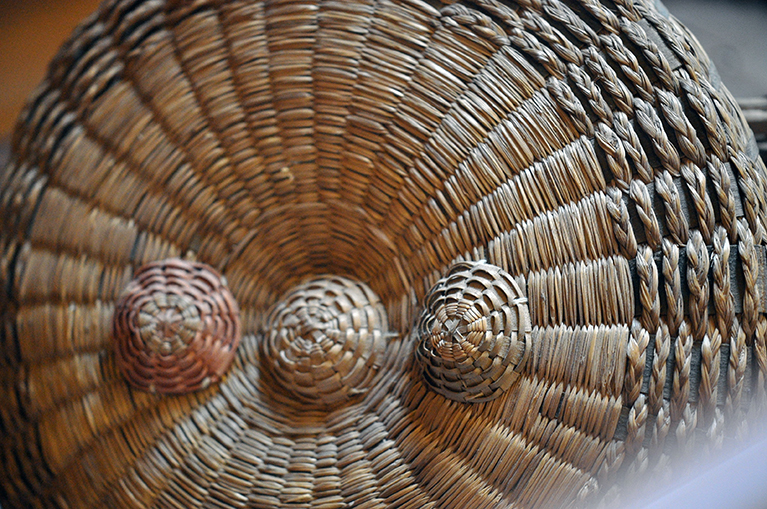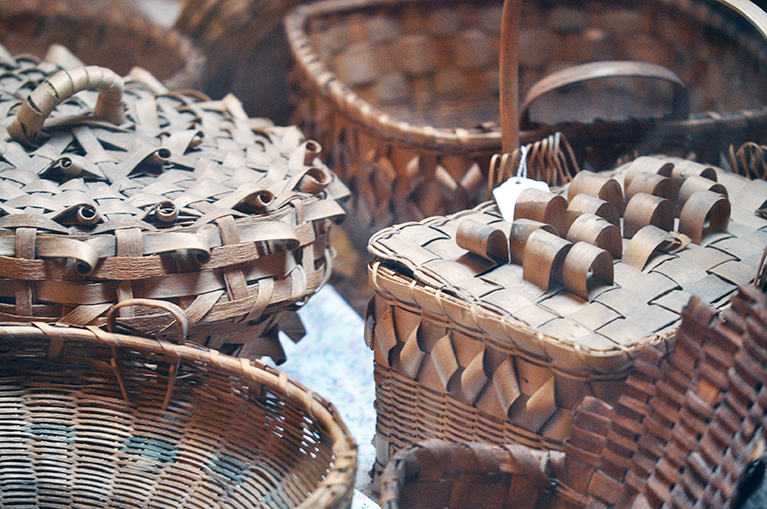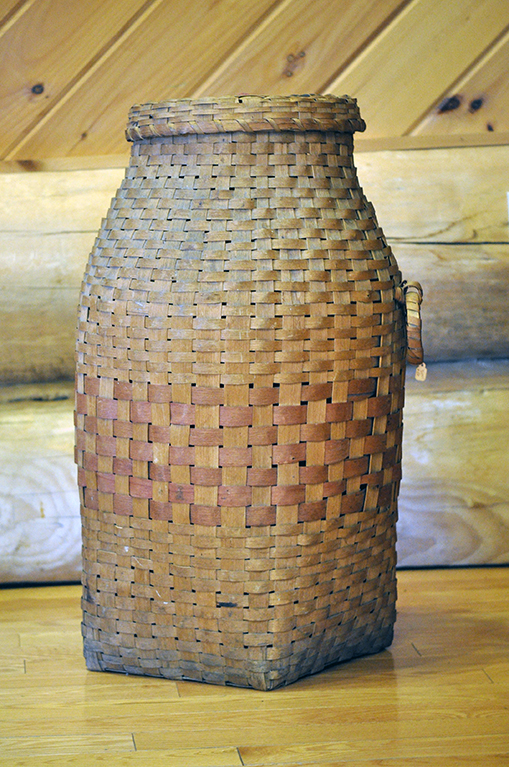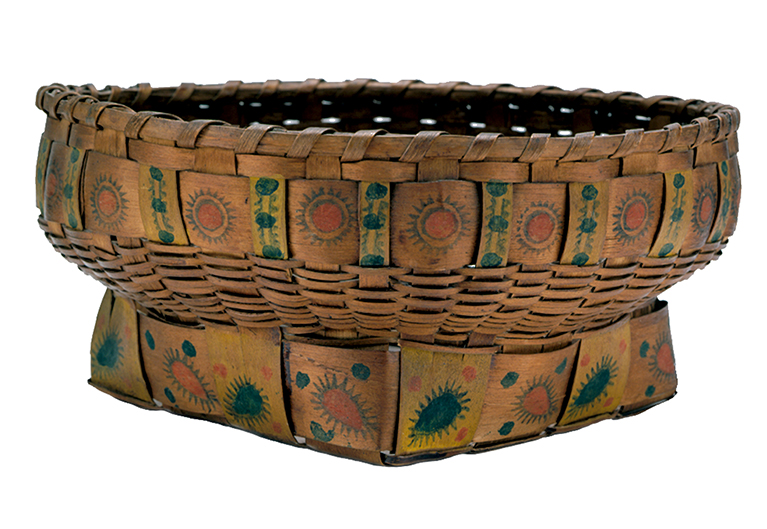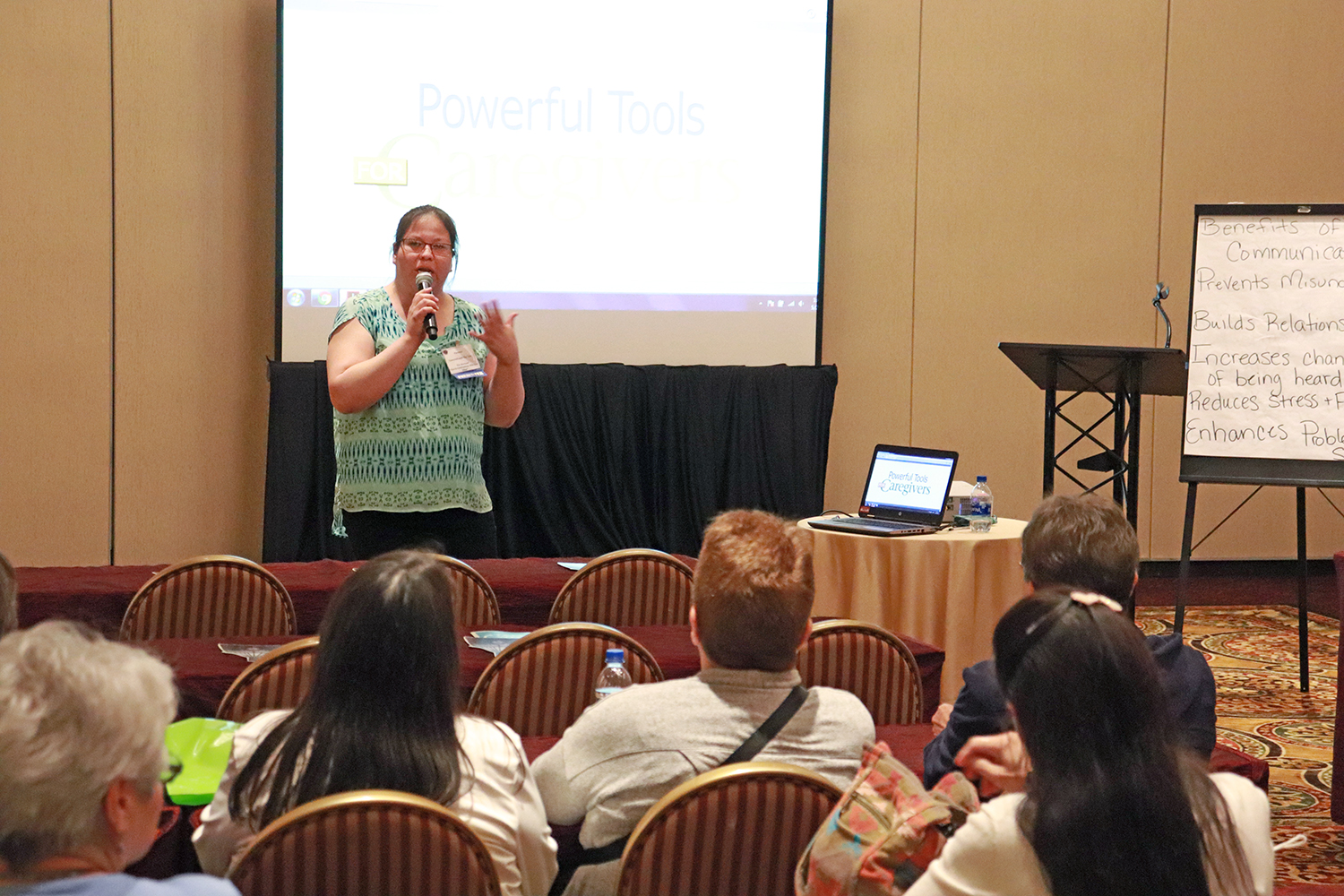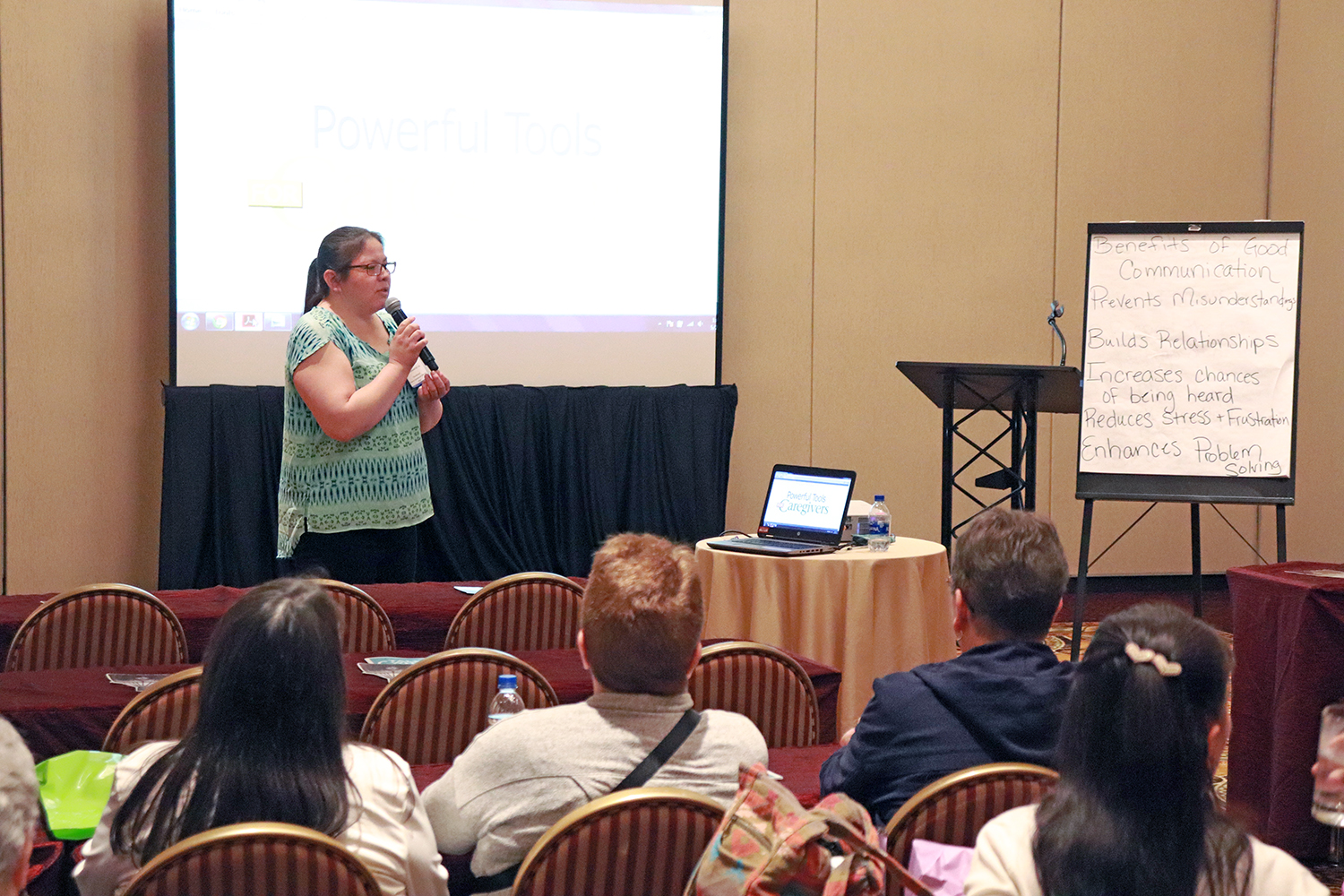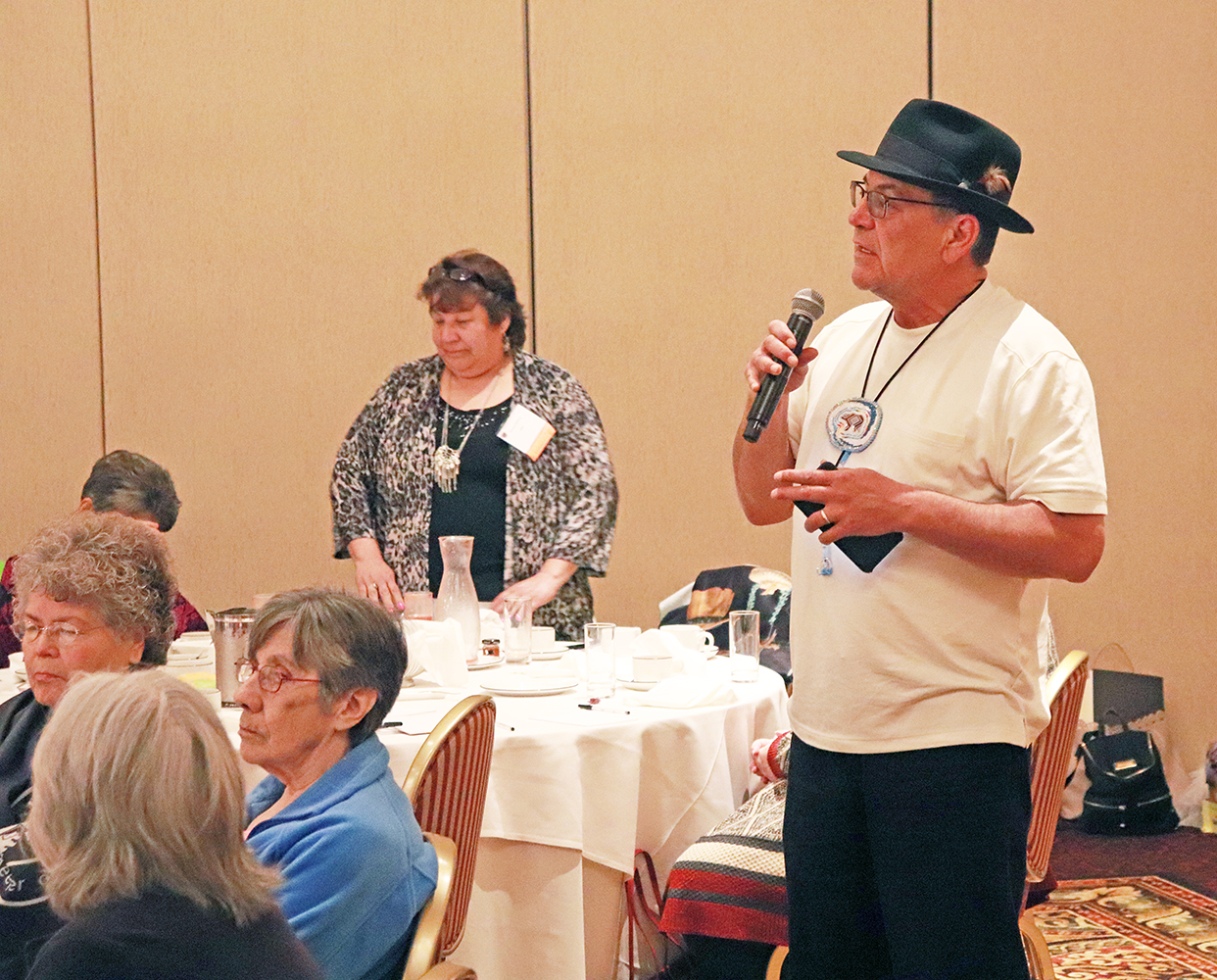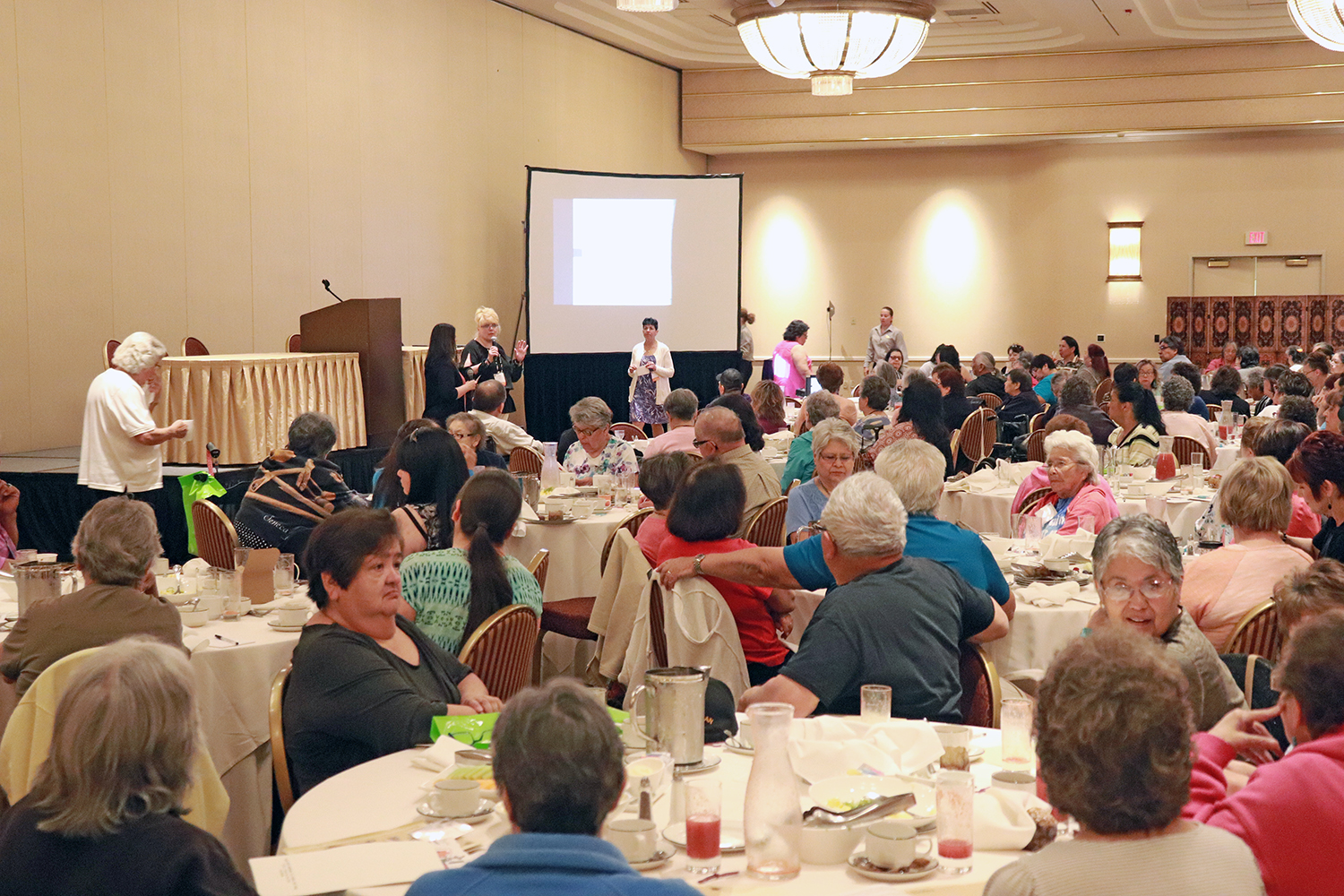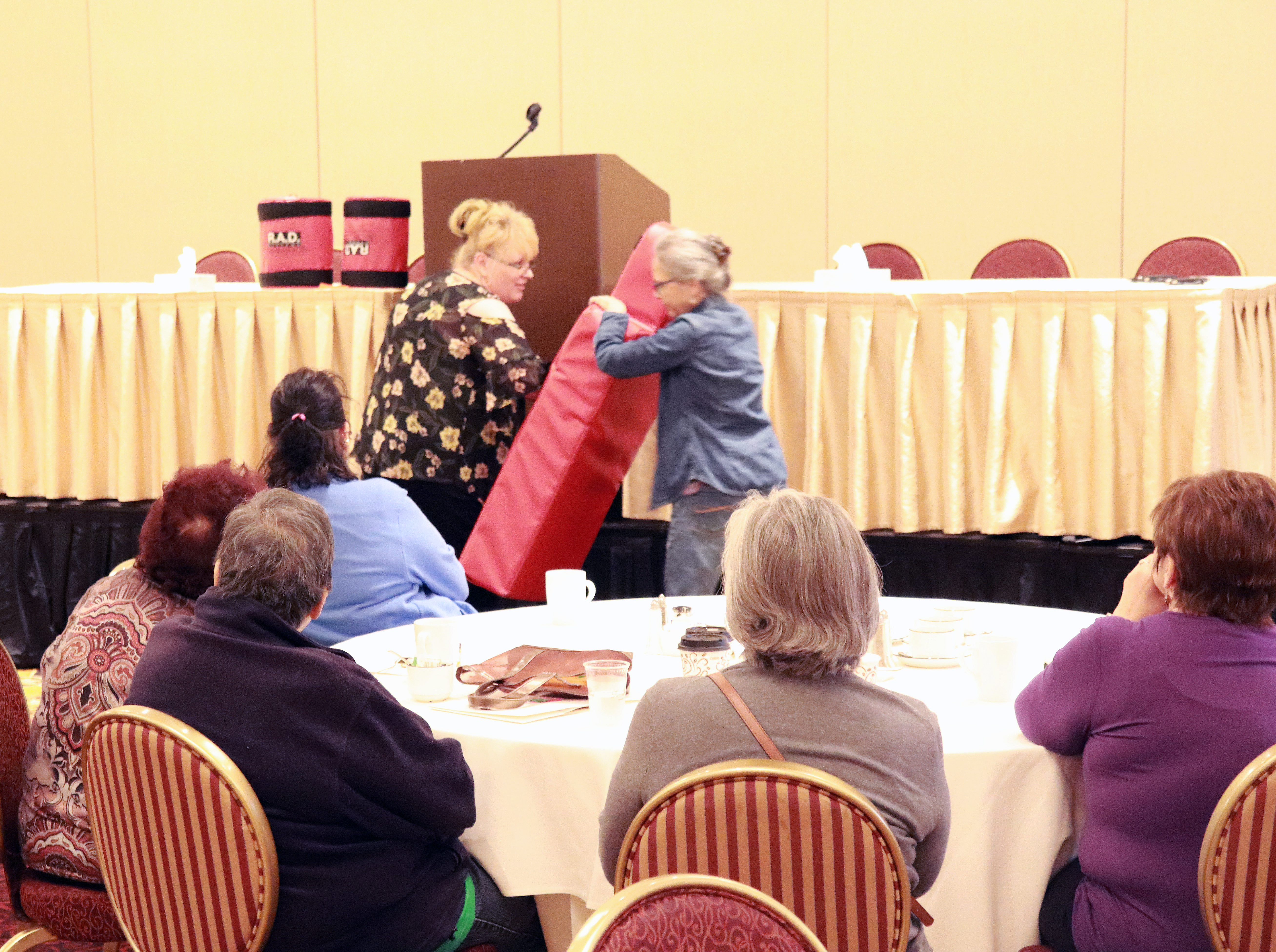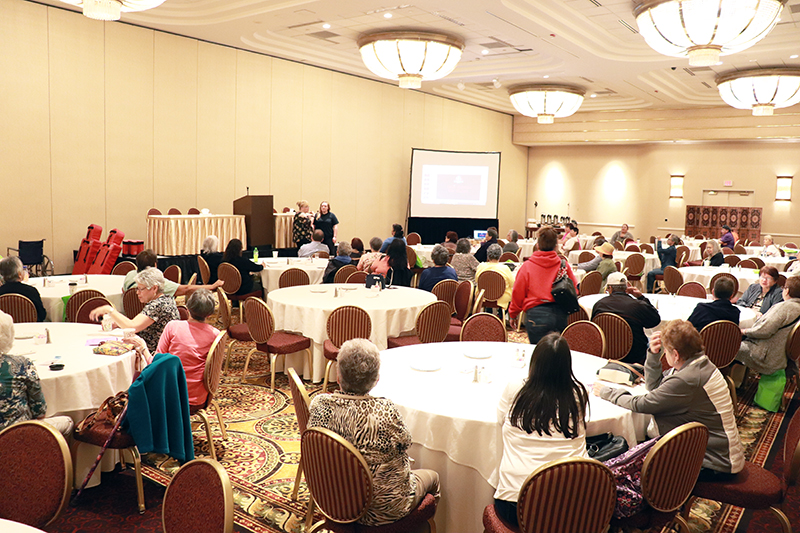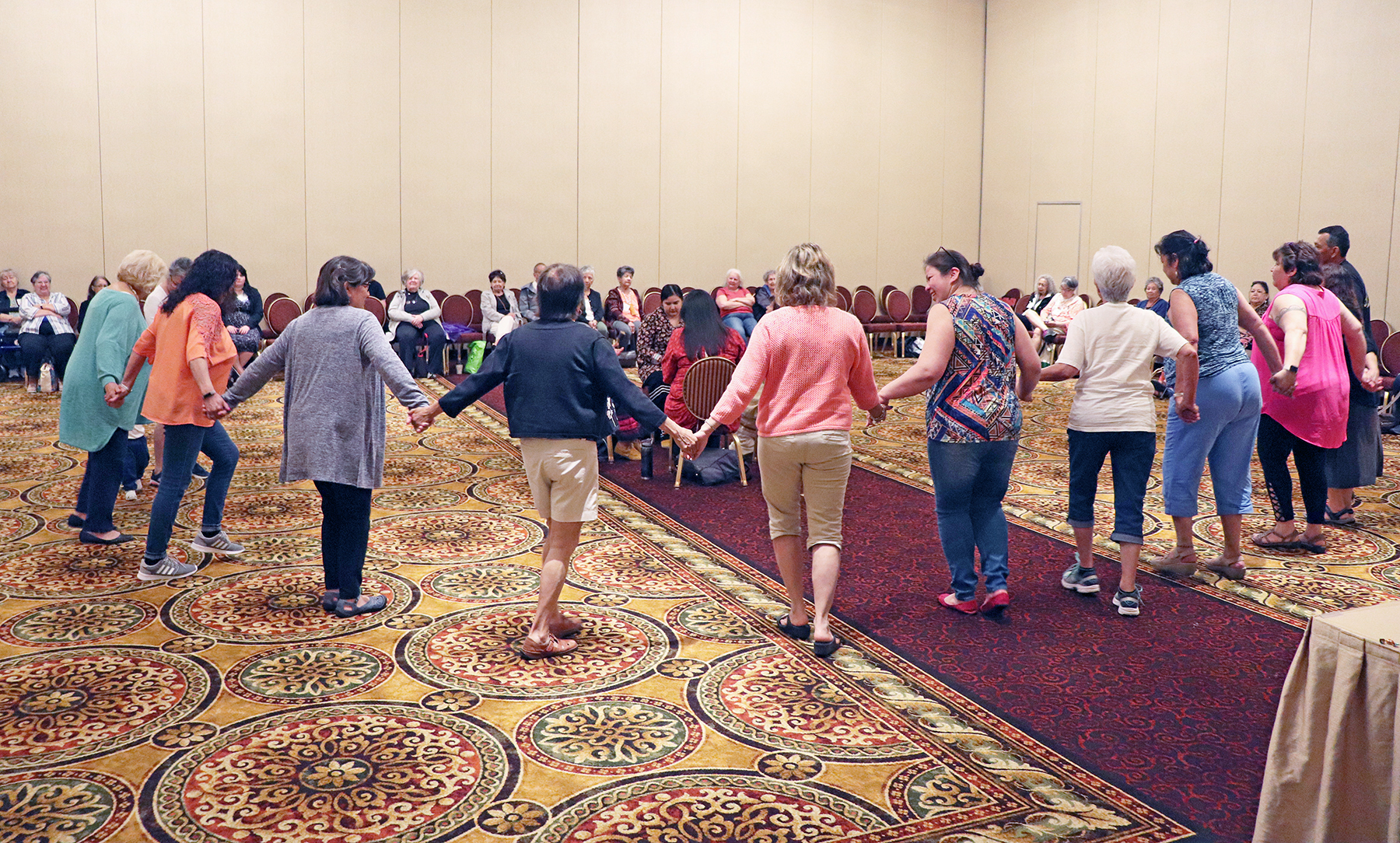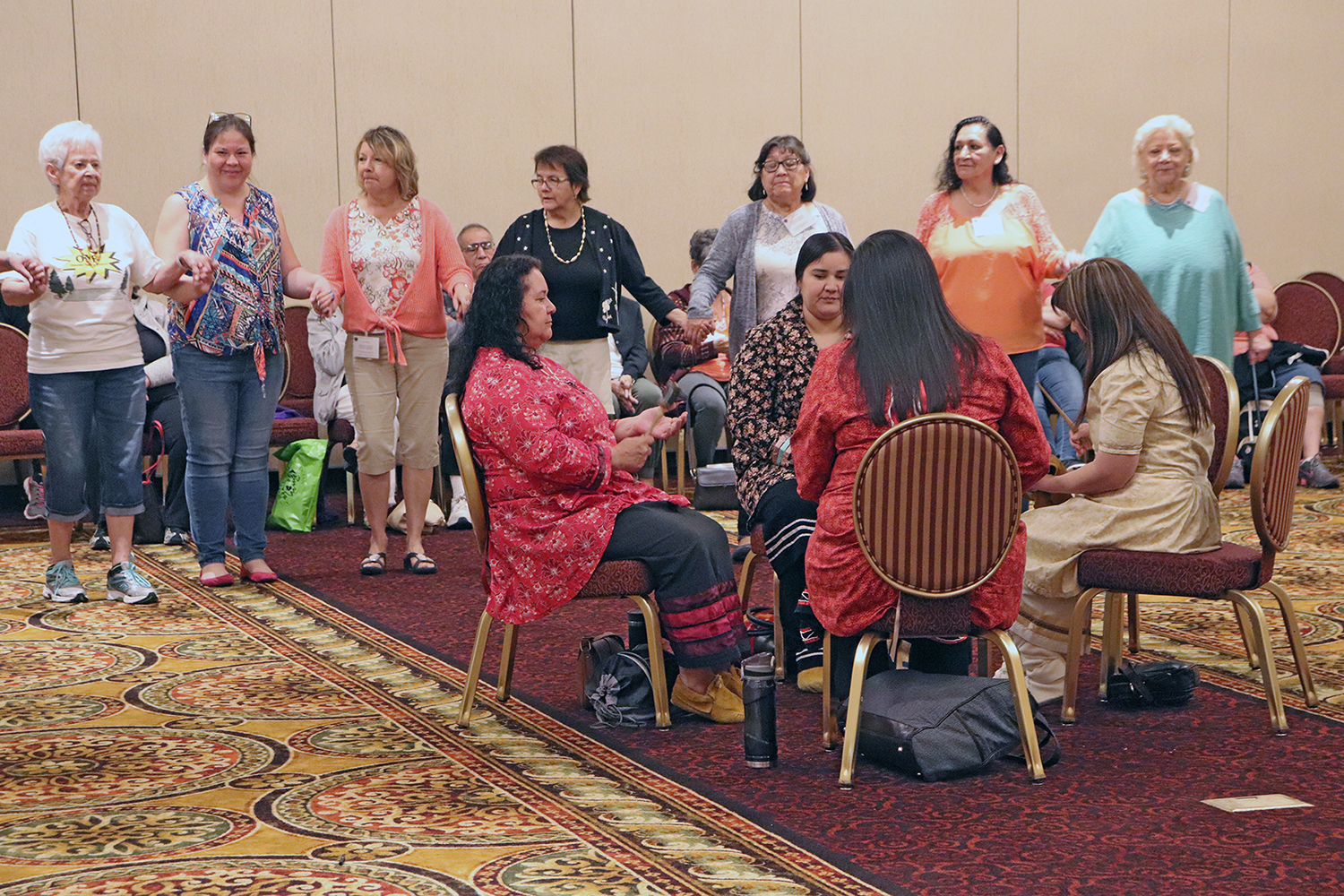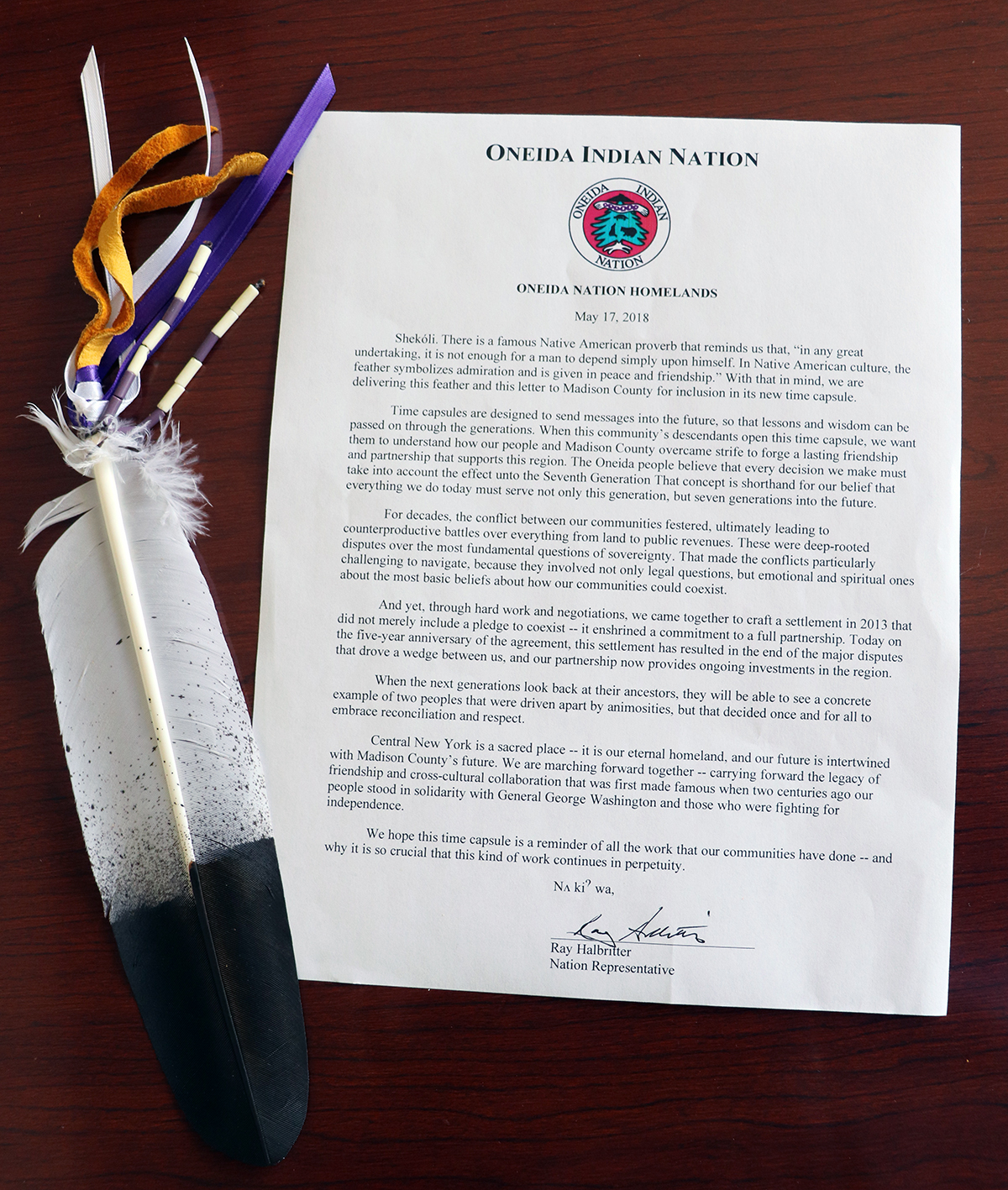In a previous post we examined many of the Oneidas who played a key role in the Revolutionary War. This time we take a look further back in time, at Oneidas who were recorded in various books and materials, leaving their mark in the chronicles of history prior to and leading up to the early years of Revolutionary War.
Adalockgnaghs, Adam
Adalockgnaghs was a sachem from Oquaga. He was present at the Albany conference in July 1754 when discussions took place regarding the loyalties of the Haudenosaunee.
He was recognized as a chief at Oquaga in 1756 and spoke at many conferences and meetings on behalf of the confederacy. By 1757, he was the leading sachem at Oquaga and served as the Oquaga delegate at the Fort Stanwix conference in October 1768.
Adalockgnaghs stated to the group assembled at the German Flats conference in July 1776 that he doubted that Oquaga would remain neutral in the current struggle between the British and the rebels.
Aquiotta, Akonyoda
Aquiotta was a warrior from Oquaga. He was one of the few Oneidas that was a Christian, but also a traditionalist. He lived from around 1673 to 1757 and was involved as a speaker at many conferences and meetings in New York and Pennsylvania on behalf of the Oneidas. Aquiotta was instrumental in the adoption of many tribes, specifically the Nanticoke Nation in 1736.
On August 13, 1743, Aquiotta spoke at the Pennsylvania Conference at the ripe age of 70, and continued to speak at conferences for many more years.
As the Haudenosaunee’s mortal enemies, the Catawba were a constant threat and Aquiotta met with representatives in Albany on July 8, 1751 to discuss peace relations with the Catawba.
Aquiotta spoke at the German Flats conference in September 1756.
He had great influence with William Johnson, and even stayed at his home February – May 1757.
Aquiotta was killed in the summer 1757 but was always remembered fondly by Samuel Kirkland and William Johnson.
Canaghsadilo, Thomas
Thomas was warrior from Oquaga and spoke at many conferences and meetings in New York and Pennsylvania between the mid 1750’s and 1760’s. He spoke at the Fort Johnson conference on February 27, 1756 and scouted for French enemies at Fort Ticonderoga in May 1757.
Thomas was awarded the Silver Medal for participating in Amherst’s 1760 Montreal Campaign in April 1761.
In June 1766, he visited Eleazer Wheelock’s school in New England to evaluate the school and consider sending Oneidas to attend.
Conoquhieson
Conoquhieson was one of the Title names for the hereditary Oneida sachems at the founding of the Iroquois confederacy. (Also spelled Kanagwaes)
Conoquhieson was a Christian Sachem from Kanonwalohale and supported the Church of England rather than Presbyterian, which most of the village followed. He is recorded as rejecting Roman Catholicism in 1749.
His authority as a Christian Oneida League Chief, hereditary sachem and orator was unique.
He represented the Oneida and Cayuga at the Onondaga Grand Council in 1750 and spoke at meetings held at Fort Johnson in April, June and December of 1755.
He continued to speak on behalf of the Oneidas at conferences and meetings throughout the 1760’s and 1770’s, including those held at German Flats, Johnson Hall and Fort Stanwix. In fact, Conoquhieson was a principal negotiator at the Fort Stanwix conference held in October 1768 and signed the treaty in November 1768.
Throughout the early 1770’s, Conoquhieson met with William Johnson often to discuss land deals and many other matters important to the Oneidas. When William Johnson died suddenly at the August 1774 meeting at Fort Johnson, Conoquhieson led the condolence ceremony held for Johnson at the time.
There was much turmoil and distrust surrounding the Christian religion in the 1770’s, and Conoquhieson found himself at odds with Samuel Kirkland’s baptismal policies at Oquaga. He and Tagawalon joined together against Kirkland’s policies in January 1775.
Conoquhieson signed the Declaration of Neutrality in June 1775 and spoke at the Meeting of Albany Committee of Correspondence held at German Flats and Albany, August – September of that same year.
Conoquhieson died in the fall of 1775 and was succeeded by Kanagwaes (White Skin).
Dakayenensese, Isaac – “Old Isaac”
Old Isaac was a Christian from Oquaga, having been converted to Christianity in 1748 by the Reverend Elihu Spencer and was a Church of England and British supporter. He began teaching and preaching at Oquaga in the summer of 1753 and was the leading preacher by the winter of 1756. Old Isaac was neither a warrior nor a sachem, but was a good orator and often spoke on behalf of the Oneidas.
Old Isaac’s daughter Peggie married Mohawk Joseph Brant in 1765, which further cemented Isaac’s loyalty to the British cause. After Peggie died in 1771, Brant married her half-sister, another of Isaac’s daughters. These relationships further tied Isaac to Joseph Brant, for better or for worse.
He spoke at many conferences as the Oquaga spokesman, specifically regarding the village’s identity as a Christian community, which Isaac spoke to at Johnson Hall in February 1764.
Isaac fought under Han Yerry at the Battle of Oriskany in August 1777, but never engaged again in the war.
Old Isaac died at Niagara in around 1780.
Disononto, Tesanonde
Disononto was a Sachem at Kanonwalohale in 1750 at the age of around 70, so he must have been born in around 1675.
Not much is recorded about Disononto as he was around only for a short time during the war, but he was known to officials and those living in the Pennsylvania area.
Disononto was taken prisoner as a young man by the French and in around 1750 had fought to defend the Mohawk against the French.
Conrad Weiser said this about Disononto in his journal in September 1750…”The head of the Oneidas, Disononto by name, a man of above seventy years of age, yet strong and nimble, asked me several times whether I knew the reason of the Governor of New York and the great men of that province (the Assembly) disagreeing…I told him I did not. This Disononto fought under Colonel Schuyler when the Mohock’s [sic] Towns were burnt and taken captives by the French in the former century, and is a man of exceedingly great parts.”
In 1750, Weiser also said “The leading sachem, but no longer carried the title Odatseghte but the name Disononto.” Thus, we know that Disononto was Odatseghte prior to Ojistalak receiving the title.
Disononto spoke at the German Flats conference in September 1756 and at the Onondaga Grand Council on September 10, 1756.
Gawehe
Gawehe was a warrior from Kanonwalohale and was associated with the pro-French faction among the Oneida who sometimes seemed undecided as to whom to support.
Gawehe was sent with war belts for the Cayuga, Onondaga and Seneca by William Johnson in the summer of 1756. The belts never went any further than Cayuga, as Gawehe and a Cayuga chief hid the belts and spent the night drinking. They left for Canada the next day, never giving anyone the belts.
By Christmas 1756, Gawehe was in Montreal, where he officially declared his loyalty to the French.
However, by 1757 it seems he had switched loyalties again when he alerted Johnson of a possible French attack that September.
He was awarded one of the 182 silver medals of participation given for Amherst’s Montreal Campaign in April 1761. Gawehe continued to attend many conferences throughout the 1760’s at German Flats and Johnson Hall.
He participated in Bradstreet’s campaign in the spring of 1764 and is recorded as receiving provisions at Johnson Hall on December 19, 1764.
Gawehe died in 1766.
Kontolonty, Anthony
Kontolonty was active in Oneida history before and after the war.
He was an Oneida delegate at the meeting in Canada in November 1751, at the Albany conference in August 1754 and at both meetings held at Fort Oswegatchie in September of 1756 and 1757.
He was installed as a Sachem by William Johnson in March 1758.
Kontolonty signed a letter to Timothy Pickering on May 14, 1793 requesting protection for Peter Smith’s land surveyor, whose life had been threatened.
He was included in the war-losses claim (of 1780) at Kanonwalohale in 1794.
King, Thomas – “Saghogsoniont” (rarely used)
Thomas King was associated with the southern Oneida village of Oquaga. He was a warrior, and spent most of his life in Pennsylvania, attending meetings there instead of New York. He succeeded Shickellemy and Tachnechdorus as the Oneida overseer in the Ohio region following Tachnechdorus’s death in 1748.
King attended several meetings and conferences as a speaker and always kept the best interest of the Oneida Nation in his heart.
King was present at the Fort Johnson meetings in the fall 1755 and again in February 1756.
He spoke at the Lancaster conference in April and May 1757, and once more spoke at the Easton conference in October 1758.
He was awarded the silver medal for participating in Amherst’s Montreal campaign in April 1761.
King visited Johnson Hall in July 1763 and performed a condolence ceremony for William Johnson’s father and sought ammunition for Oquaga at that time.
He supported William Johnson in attacking pro-French Shawnee and Delaware in February 1764 and participated in the Bradstreet campaign later that spring where he captured Delaware prisoners and took them to Oquaga.
Thomas also spoke at Fort Niagara at a conference with the Chenussio Seneca in August 1764.
He met with Pontiac at Sandusky, OH from September – October in 1764.
He was present at a conference when William Johnson installed Onondaga sachems and reaffirmed Onondaga leadership of the confederacy in April 1765 and also spoke at the conference held at Johnson Hall regarding the boundary line that same month.
From June-September 1767, Thomas visited Johnson Hall several times where he made private land deals with John Harper for land at Oquaga.
The Cherokee – Iroquois loathing was at its peak 1768-1770 and King spoke about this problem at conferences held at Johnson Hall and German Flats during that time period.
Thomas King died in Charleston, SC following meetings with the Catawba in September 1771.
He had one child with his wife, Mary Tidd.
Scalooyady, Skaluyati – “Half King”
Scalooyady was a warrior who represented the southern Oneida village of Oquaga in the 1740’s and 1750’s. Most of his speaking was done at Pennsylvania conferences: Lancaster in 1748, Carlisle in November 1753 and Philadelphia in September 1754. He also addressed the Pennsylvania Provincial Council in December 1754.
He visited Albany with William Johnson in February 1755 and then protested against the Susquehanna Land Purchase the following month.
He spoke at meetings in Philadelphia in March, May and June of 1755 and then moved to the Mohawk Valley and resided with Johnson in the winter of 1755.
He spoke at the Iroquois Conference held at Fort Johnson in March 1756 and again in Philadelphia January, March and April of the same year.
Scalooyady attended Grand Council at Onondaga in April 1756 and several more conferences throughout 1756 and the beginning of 1757.
Scalooyady died in the Mohawk Valley from smallpox in 1757.
Shickellemy
Shickellemy’s origins are unknown, but he was adopted by the Oneida Nation and was officially appointed to represent the Haudenosaunee in their southern territories in June 1728.
The Pennsylvania Colonial Council desired that Shickellemy discourage the sale of rum to the Iroquois in a letter on August 16, 1731. His response was to tell them to quit selling them so much rum.
Shickellemy spent most of his life in Pennsylvania, rarely making his way up to New York. He resided mainly in Shamokin, PA from 1737-1748.
He made numerous trips to Philadelphia throughout the 1730’s and 1740’s, always advocating for Haudenosaunee rights to land, hunting and governance.
He last spoke at the Lancaster conference in 1744 and is recorded as having been baptized in January 1748 by Moravians.
Shickellemy died in December 1748 and was succeeded in his role by his son, Tachnechdorus.
Spencer, Thomas
Thomas Spencer was born around 1730 and as an adult lived at Oquaga and Oriska and is recorded as supporting Hawley’s Mission at Oquaga in 1753.
His mother was Oneida, his father was a devout Anglo-American Presbyterian. He grew up in the Cherry Valley/Kanonwalohale area and spent time in both communities, thus had warm feeling toward both peoples.
Spencer learned the trade of blacksmithing in his childhood and often offered his services to the resident settlers in Cherry Valley and Oneidas at Kanonwalohale.
Having spent time in both worlds, Thomas had mastered both English and Oneida languages and often served as an interpreter at meetings and conferences.
He attended a meeting at Johnson Hall where Thomas King requested that Spencer supply trade goods from Schenectady for the Oneidas on October 17, 1763.
He was promoted by William Johnson as a gunsmith and “honest trader” in July 1767.
Spencer was present at the Fort Stanwix conference in October 1768.
He worked steadily as a blacksmith at Kanonwalohale in the 1770’s.
He is recorded as making a heartfelt speech on American liberties and the justness of patriot complaints to the local settlers of Cherry Valley in May 1775. His words caused them to be proactive in defending their town.
Thomas Spencer and his brother Edward fought under Han Yerry in the Battle of Oriskany on August 6, 1777, when they were both killed in the fighting.
Tachnechdorus, John
Tachnechdorus was the son of the Iroquois southern territories overseer Shickellemy and was present with his father at the Philadelphia meeting in 1732 and at Onondaga Grand Council in 1743.
He assumed his father’s role as Oneida overseer in the Ohio Valley after his father’s death in 1748.
He spoke at a Philadelphia conference and was accepted by authorities as representative of the Oneida on December 25, 1754.
Tachnechdorus joined an enemy Delaware War Party in 1756 and was never heard from again.
Tagawalon
Tagawalon was a head warrior and spokesman from Kanonwalohale and was influential in Oneida history from 1755 – 1772.
He attended a meeting with Gawehe on September 5, 1757 and accompanied Conoquhieson to Fort Johnson on April 10, 1762.
He also spoke along with Gawehe at another Johnson Hall meeting held August 5-6, 1763.
Tagawalon participated in Bradstreet’s Campaign in the spring of 1764.
He spoke alone at Johnson Hall regarding issues with the Cherokee in March 1768.
Tagawalon served as the principal negotiator at the Fort Stanwix conference regarding the boundary line in October 1768.
Tagawalon began to have conflict with Conoquhieson regarding Kirkland’s ministry August – December 1770.
Tagawalon repeatedly asked William Johnson to procure a blacksmith at Oquaga so they could repair their own tools as needed, but could not get him to agree to do it. Johnson encouraged him to bring the tools to conferences as usual for repair. Tagawalon did not think this was reasonable, and was encouraged by Kirkland to circumvent Johnson and apply directly to the New York Governor for a blacksmith. He did so in December 1770, further annoying Johnson.
He then expressed his loyalty of Oquaga to the New York Governor on December 31, 1770.
Tagawalon died in 1772.
Tayaheura, Jimmy
Tayaheura was a Sachem from Kanonwalohale who was also a great fighter. He and Shenandoah led about 50 Oneidas during the invasion and capture of Montreal in 1760.
He signed the declaration of neutrality in June 1775. He was present at a German Flats conference in July 1776,
He traveled to Fort Niagara in February 1777 but rejected Thayendanega’s (Joseph Brant) invitation to join the British.
Thaghtaghgwesele, William – “Tall William”
Tall William was a warrior from Kanonwalohale who was present at the Albany Conference in July 1754 and also was a delegate at the Albany Committee of Correspondence meeting held in Albany in June 1775. Where he was and what he did between 1754 and 1775 is unknown at this time.
He signed the congressional land grant to John Harper on November 20, 1784 and signed the Fort Stanwix Treaty on September 22, 1788.
Tall William was one of the Oneida leaders chosen to receive the New York State Annuity on June 2, 1790. He was also one of the signers to the act appropriating land by New York State for use by the Oneida, Onondaga and Cayuga on April 19, 1793.
In addition, he signed the letter to the Society in Scotland for Propagating Christian Knowledge (SSPCK) requesting a school for the Oneida on April 27, 1793.
He was included in the war-losses statement (of 1780) at Kanonwalohale in 1794 as Taughtauhgwesely.
Thomas – “Deacon Thomas”, “Adionghhonlas”
Deacon Thomas was a Christian Warrior from Oquaga and was active before and after the war. Deacons had very specific duties in Iroquois societies including the administration of all longhouse functions, including ceremonies. It is unclear whether Thomas already held the title of Deacon, or if it was given to him by Kirkland.
He supported Hawley’s Mission to Oquaga in 1753 and became a Christian during the early days at Oquaga. He often served as an assistant to Old Isaac and Good Peter during their sermons.
He traveled with Kirkland to Boston to obtain support for a church to be built at Oquaga in the autumn of 1770. However, by 1772, he was opposed to Kirkland’s Baptismal Policy at Oquaga.
Although he had differences with Kirkland from time to time, he did support Kirkland’s efforts to build a church at Kanonwalohale in 1774.
He complained to Guy Johnson regarding the denominationalism and land policies at Oquaga in February 1775,
Deacon Thomas tried unsuccessfully to convince the Seneca to support the Patriots in April 1775.
He rejected an invitation from Thayendenaga (Joseph Brant) to join the British cause at Fort Niagara in January 1777.
He assisted in the gathering of warriors to go and fight for General Washington in Valley Forge and was frustrated that he could not raise more. He enlisted to join and left with the group on April 25, 1778. When the Oneidas headed back home in mid-June, Deacon Thomas led one of the groups of 21 warriors and arrived in Albany on July 1, 1778. Han Yerry arrived 6 days later with his party of 12. They were fed and sent on their way to Kanonwalohale.
In July 1779, Deacon Thomas traveled to Caughnawauga (Kanawake) as a spy against the British. British officials heard he was there, surrounded the Council House where he was hiding, and ordered him to come outside. He refused to do so and British Colonel John Campbell ordered his men to open fire. 21 British soldiers fired on the Council House and Thomas was killed.
Note:
This information was gathered from sources listed below and compiled by Kandice Watson (Wolf Clan), Documentarian.
Forgotten Allies – Joseph T. Glatthaar and James Kirby Martin
Rebellious Younger Brother – David J. Norton
The People of the Standing Stone – Karim M. Tiro

